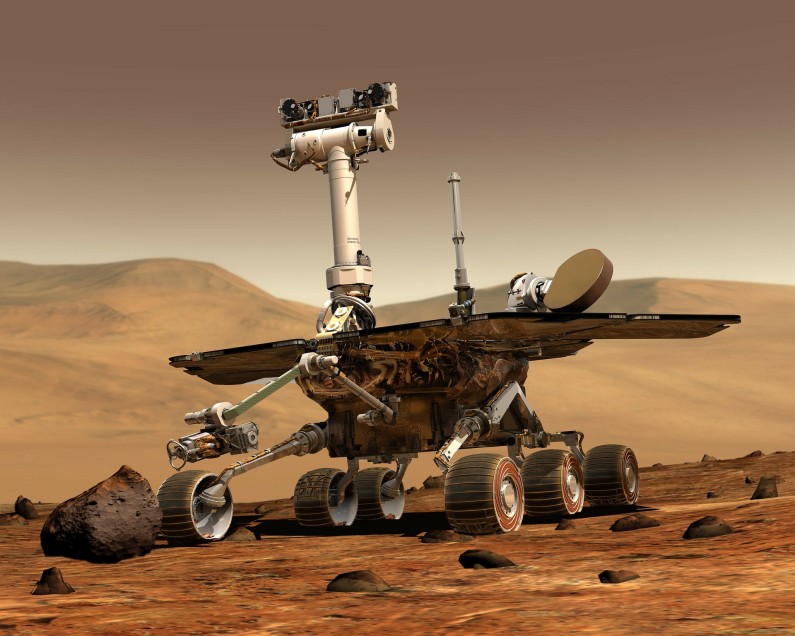
Curiosity, the NASA Mars rover, has collected data that adds to the body of growing evidence that supports the idea that microscopic organisms may have once inhabited the red planet. It is possible that microbial life might still live on the planet.
A pair of papers were published on Thursday, June 7, 2018, in the journal Science described what the Curiosity found. The rover detected a “range of carbon-containing compounds in ancient sediments on Mars and shifting levels of the organic molecule methane in the Martian atmosphere.”
These discoveries are breakthroughs in astrobiology, according to Inge Loes ten Kate, an astrobiologist at the Utrecht University in the Netherlands. She wrote in a commentary published with the papers, “the question of whether life might have originated or existed on Mars is a lot more opportune now that we know that organic molecules were present on its surface in the distant past.”
Previously, the rover found evidence of liquid water and the chemical ingredients for microbial life proved that life once existed on Mars. One of the recent discoveries showed that the levels of methane in the atmosphere vary widely depending on the season. The levels peak at the end of the summer in Mars’ northern atmosphere.
In one of the papers, senior research scientist at NASA’s Jet Propulsion Laboratory in Pasadena, California, and his co-authors concluded that “the amplitude of the seasonal cycle indicates that there remain unknown atmospheric or surface processes occurring in present-day Mars.”
Scientists have surmised that the seasonal temperature shits are causing the methane under the surface to seep into the atmosphere through cracks in the surface.
Methane can be produced by nonbiological processes. On Earth, it is created predominately by micro-organisms. This fact let some scientist to consider the possibility the full range of possible sources on Mars.
The release of methane gas throughout the seasons indicates there are active processes happening on the subsurface of the red planet. This could include heated reactions between water and rocks, biological activity, or some other mechanism, according to Kirsten Siebach, a planetary geologist at Rice University in Houston.
The Curiosity rover also discovered ancient sediments that dated back over three billion years. This sediment contained several organic molecules. This discovery was described by the other paper, which was co-authored by a biogeochemist at NASA’s Goddard Flight Center in Greenbelt, Maryland, Jennifer Eigenbrode.
Organic molecules are commonly referred to as molecules of life, it is known that they can be created by nonbiological processes and delivered planets by comets, asteroids, and other celestial objects. Therefore, it is expected that there would be organic molecules on Mars.
According to Siebach, neither of the discoveries indicates there is or was life on Mars. There needs to be ongoing investigations beneath the surface. If more liquid water is found, then there would be a reason to believe there was or is life on the red planet.
The Curiosity rover was launched from Cape Canaveral on Nov. 6, 2011 and arrived on Mars on Aug. 12, 2012.
By Jeanette Smith
NBC: Mars rover Curiosity’s new findings hailed as ‘breakthroughs in astrobiology
Image Courtesy of WikiImages Pixabay Page – Creative Commons License


